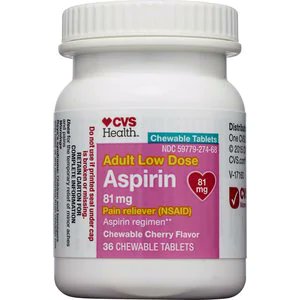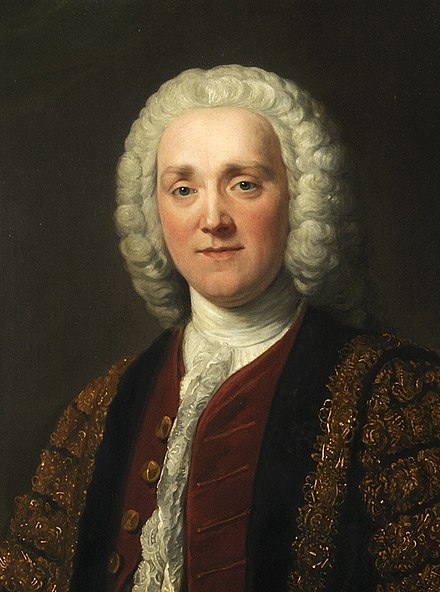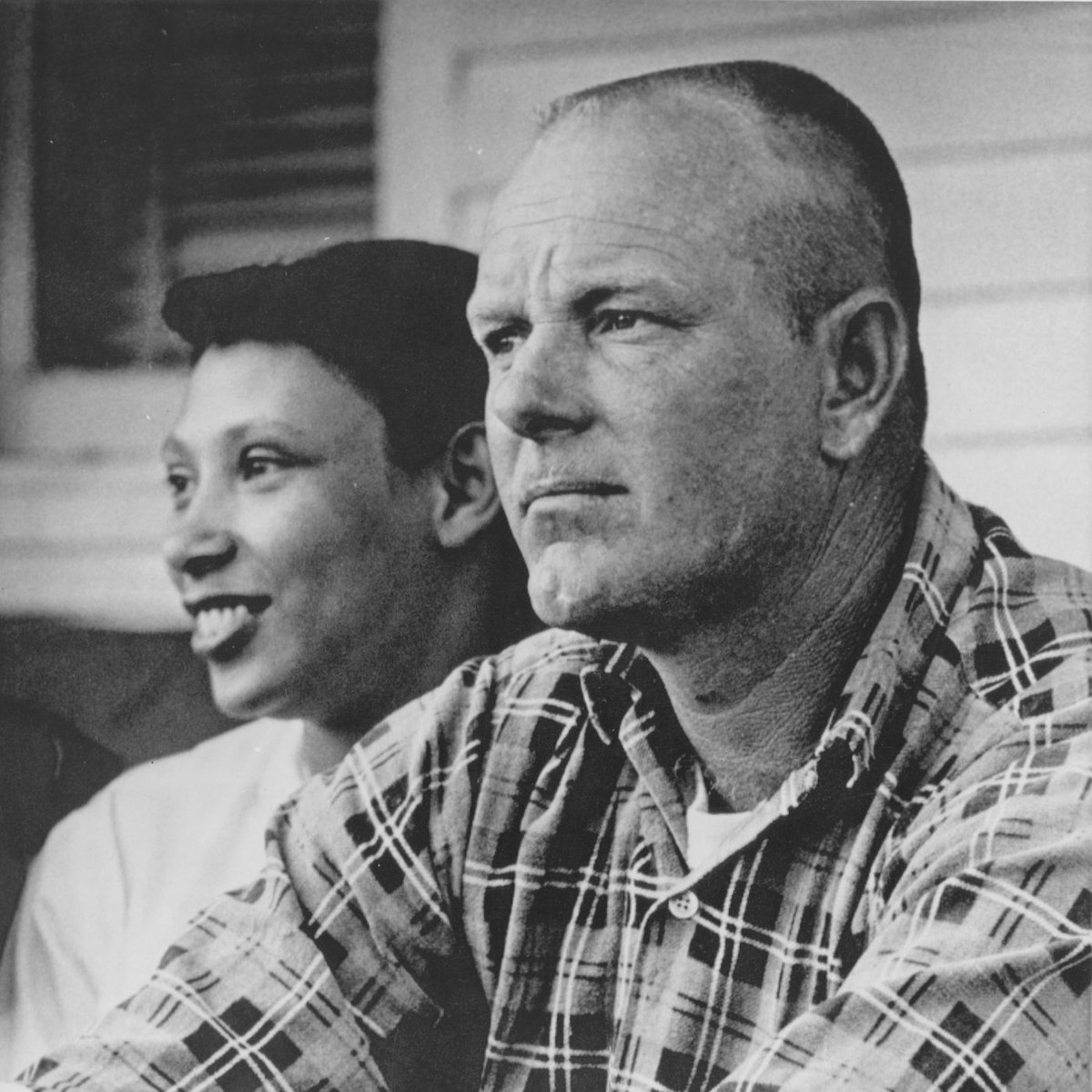
Hematologist-oncologist. @AjaxThx CMO. Former Edward P. Evans Chair in MDS @DanaFarber, @HarvardMed & @MayoClinic faculty, @NovartisScience hematology head.
9 subscribers
How to get URL link on X (Twitter) App



 After all, zebrafish get along just fine making blood cells in their “kidney marrow”, keeping @leonard_zon's lab running. Drosophila make blood-like cells in abdominal hubs, and frogs… frogs mix it up. Jeremiah Bullfrog & frog cousins make blood in kidneys, marrow, liver, etc./2
After all, zebrafish get along just fine making blood cells in their “kidney marrow”, keeping @leonard_zon's lab running. Drosophila make blood-like cells in abdominal hubs, and frogs… frogs mix it up. Jeremiah Bullfrog & frog cousins make blood in kidneys, marrow, liver, etc./2 




 This was the only photo I could find of Strübing, from over 20 years later (circa 1905). At the time of publication of his prescient 1882 paper, Strübing was 29 years old and had graduated from medical school 6 years earlier. /2
This was the only photo I could find of Strübing, from over 20 years later (circa 1905). At the time of publication of his prescient 1882 paper, Strübing was 29 years old and had graduated from medical school 6 years earlier. /2 

 This longstanding series focused on medical & scientific-themed postage stamps began in 1961. At the 109th Annual Meeting of @AmerMedicalAssn in the then-new convention center in Miami Beach, Florida in June 1960, John Mirt (1897-1968) discussed “Medical Pathfinders on Stamps”./2
This longstanding series focused on medical & scientific-themed postage stamps began in 1961. At the 109th Annual Meeting of @AmerMedicalAssn in the then-new convention center in Miami Beach, Florida in June 1960, John Mirt (1897-1968) discussed “Medical Pathfinders on Stamps”./2 


 According to my parents, the high cost of airplane tickets was why our family always drove the tedious 800+ miles from our NYC suburban home to see relatives in Michigan at Christmas🎄If 4 airplane *tickets* were expensive, I reasoned an *entire airplane* must be hugely costly.
According to my parents, the high cost of airplane tickets was why our family always drove the tedious 800+ miles from our NYC suburban home to see relatives in Michigan at Christmas🎄If 4 airplane *tickets* were expensive, I reasoned an *entire airplane* must be hugely costly. 






 Year 1, Term 1 (Autumn): Netter’s Atlas of Human Anatomy (1989 edition), Wheater’s Functional Histology (1987), Moore’s Developing Human: Clinically Oriented Embryology (1988), Stryer’s Biochemistry (1990). (If you had another biochem text from undergrad, you could use that.)/2
Year 1, Term 1 (Autumn): Netter’s Atlas of Human Anatomy (1989 edition), Wheater’s Functional Histology (1987), Moore’s Developing Human: Clinically Oriented Embryology (1988), Stryer’s Biochemistry (1990). (If you had another biochem text from undergrad, you could use that.)/2 




 K-562s were derived from a the pleural effusion of a 53 year-old woman with #CML in blast crisis, so they have Ph+/BCR-ABL. She'd been treated with busulfan for 3 years & pipobroman for a year (limited & crummy Rx options back then), and died 9 days after cell collection./2
K-562s were derived from a the pleural effusion of a 53 year-old woman with #CML in blast crisis, so they have Ph+/BCR-ABL. She'd been treated with busulfan for 3 years & pipobroman for a year (limited & crummy Rx options back then), and died 9 days after cell collection./2 


 I have to find this guy and publish with him and cause EndNote confusion forever after /2
I have to find this guy and publish with him and cause EndNote confusion forever after /2

https://twitter.com/NobelPrize/status/1411703123501064194The 1937 biography by her younger daughter Ève describes her final illness, including a consultation at Sancellemoz (postcard) by a "Professor Roch." That would have been Maurice Roch, Regent of @UNIGEnews & father of famous Alpinist André Roch who planned Aspen, Colorado./3



 First, some sci-fi fun. #StarWars fandom source “Wookipedia” (@WookOfficial, source of below image) tells us Bloodburn is a “rare, chronic, and often terminal illness of the blood that befell (often younger) starship pilots”. Symptoms include fevers... /2 starwars.fandom.com/wiki/Bloodburn
First, some sci-fi fun. #StarWars fandom source “Wookipedia” (@WookOfficial, source of below image) tells us Bloodburn is a “rare, chronic, and often terminal illness of the blood that befell (often younger) starship pilots”. Symptoms include fevers... /2 starwars.fandom.com/wiki/Bloodburn 


 Some lucky ancient person serendipitously discovered that willow bark & leaves relieved pain. Hippocrates used tea made from willow leaf to ease childbirth, while the Egyptian Ebers papyrus (~1500 BCE) mentions willow for aches and pains. (Images: Sermo/Pharmaceutical Journal)/2
Some lucky ancient person serendipitously discovered that willow bark & leaves relieved pain. Hippocrates used tea made from willow leaf to ease childbirth, while the Egyptian Ebers papyrus (~1500 BCE) mentions willow for aches and pains. (Images: Sermo/Pharmaceutical Journal)/2 




 Melilotus: a genus of grassland plants originally from Eurasia, also known as “sweet clover” because of a vanilla-like scent (though the taste is bitter). Sweet clover was first brought to the US & Canada during the Colonial period, and became a useful farm animal feed./2
Melilotus: a genus of grassland plants originally from Eurasia, also known as “sweet clover” because of a vanilla-like scent (though the taste is bitter). Sweet clover was first brought to the US & Canada during the Colonial period, and became a useful farm animal feed./2 



 I got interested in this ~20 years ago & wrote a paper in 2001 @MayoProceedings about RBC disorders we'd incidentally noted in some of the many patients we saw @MayoClinic from the Middle East (esp. prior to 9/11). I then went to @MRC_WIMM in Oxford to a globin lab for 2 years./2
I got interested in this ~20 years ago & wrote a paper in 2001 @MayoProceedings about RBC disorders we'd incidentally noted in some of the many patients we saw @MayoClinic from the Middle East (esp. prior to 9/11). I then went to @MRC_WIMM in Oxford to a globin lab for 2 years./2 



 One of the best known eponymous nodes is the “Sister Mary Joseph nodule”, named after the gifted woman born Julia Dempsey (1856-1939), who was Dr Will Mayo’s scrub nurse @MayoClinic and, as a Sister of Saint Francis, directed St Marys Hospital in Rochester, MN for 46 years./2
One of the best known eponymous nodes is the “Sister Mary Joseph nodule”, named after the gifted woman born Julia Dempsey (1856-1939), who was Dr Will Mayo’s scrub nurse @MayoClinic and, as a Sister of Saint Francis, directed St Marys Hospital in Rochester, MN for 46 years./2 



 Cell nuclei were first drawn by Dutch microscopy pioneer Antonie van Leeuwenhoek circa 1719 (pictured), and discussed as distinct structures in 1804 by botanist Franz Bauer (below with green jacket), then clearly described in 1831 by botanist Robert Brown (below, with bowtie)./2
Cell nuclei were first drawn by Dutch microscopy pioneer Antonie van Leeuwenhoek circa 1719 (pictured), and discussed as distinct structures in 1804 by botanist Franz Bauer (below with green jacket), then clearly described in 1831 by botanist Robert Brown (below, with bowtie)./2 




 Over here in America, Grenville is best known for an ill-advised policy he championed in 1765 called the “Stamp Act”: a tax on colonial documents & newspapers, which could only be printed on special paper shipped from London. This notorious Act outraged the colonists./2
Over here in America, Grenville is best known for an ill-advised policy he championed in 1765 called the “Stamp Act”: a tax on colonial documents & newspapers, which could only be printed on special paper shipped from London. This notorious Act outraged the colonists./2 

 There was discussion about whether “American” should include Central & South America. Blood had included "Latin American" board members from its inception in 1946. To their credit, proto-ASH leaders decided that, like Blood, ASH would be open to hematologists from *anywhere*./19
There was discussion about whether “American” should include Central & South America. Blood had included "Latin American" board members from its inception in 1946. To their credit, proto-ASH leaders decided that, like Blood, ASH would be open to hematologists from *anywhere*./19 


 @BloodJournal came first! In 1941, Henry M. Stratton (1901-1984), a Jewish med student who immigrated to the US from Vienna via Havana in 1938, set up a publishing company called Grune & Stratton with a businessman named Ludwig H. Grunebaum. ("Grune" wasn’t involved for long)./2
@BloodJournal came first! In 1941, Henry M. Stratton (1901-1984), a Jewish med student who immigrated to the US from Vienna via Havana in 1938, set up a publishing company called Grune & Stratton with a businessman named Ludwig H. Grunebaum. ("Grune" wasn’t involved for long)./2 




 His parents met in Washington, DC, and moved to Canada in 1955 because at the time it was illegal for them to be married in the Commonwealth of Virginia - prior to the Supreme Court decision on Loving v Virginia in 1967 (real couple below R), the topic of 2016's @lovingthefilm./2
His parents met in Washington, DC, and moved to Canada in 1955 because at the time it was illegal for them to be married in the Commonwealth of Virginia - prior to the Supreme Court decision on Loving v Virginia in 1967 (real couple below R), the topic of 2016's @lovingthefilm./2 
